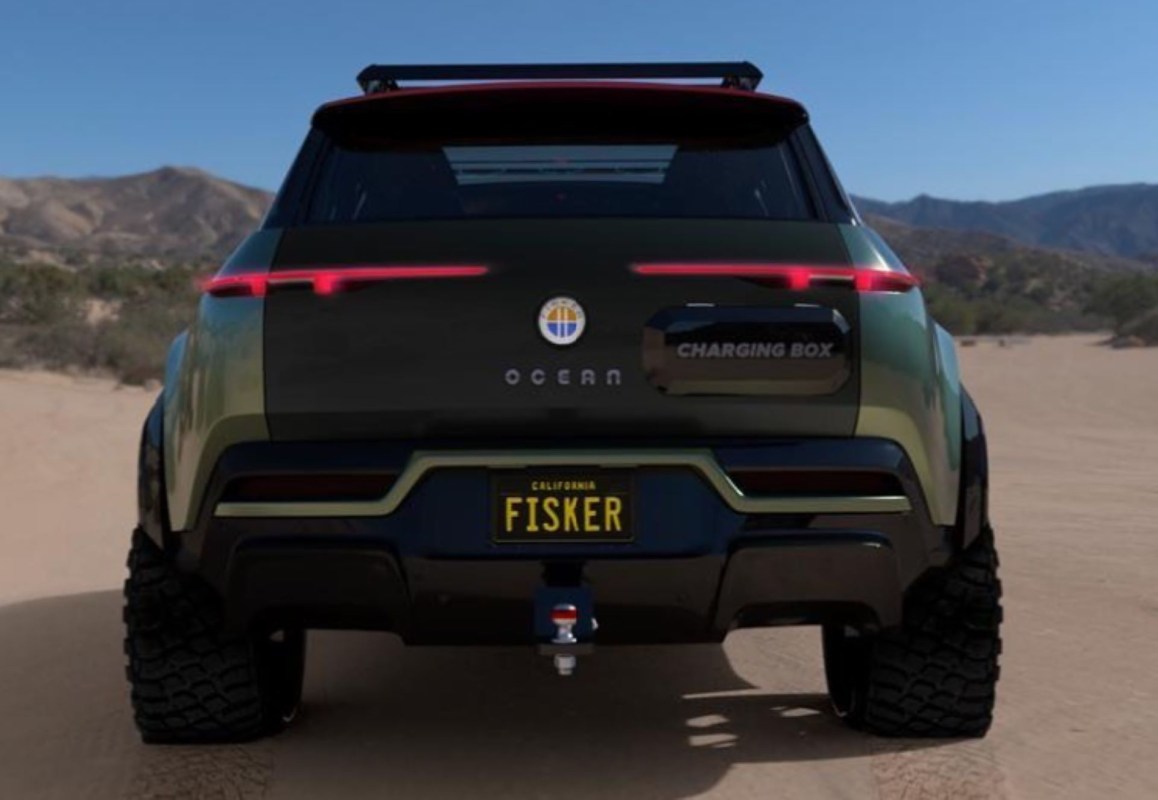Electric vehicle maker Fisker is helping to power its Ocean SUV with the sun.
The EV automaker is unique in part because of the solar panels on the roof of its vehicles, which help charge their batteries. What's more, Fisker uses recycled materials throughout the design, including crafting the car's carpet and fabric out of plastic bottles.
The solar charge is built to add up to 1,500 miles of total driving range per year and possibly more under "ideal conditions."
The company's innovations, a warming EV market, and anticipated big news this year from Fisker has the business making waves on Wall Street. In February, Fisker shares jumped 30%. It's an important time for the company as it works to bring the SUV to market.
Fisker, which was founded in Manhattan Beach, California, in 2016, plans to sell the Ocean SUV in America and Europe with deliveries starting in June.
"We have completed over 250 various tests, and the teams are submitting these results continuously to regulatory authorities. The ability to initially sell the Ocean in the U.S. and seven European launch markets is unprecedented, and a major de-risking strategy that we implemented from the outset," Fisker CEO Henrik Fisker told MarketBeat.
So far, the company has been meeting its production goals, meaning the Ocean could soon be on the streets in cities around the country. And, the water appears to be warming for EVs in general. Data from late last year shows that the majority of EV-owning households have already or are planning to buy a second one.
Fisker's leadership is confident in its two-continent Ocean rollout as it tries to sustain the optimism.
"This approach offers the opportunity to increase sales and shift vehicles to whichever market has the strongest growth," Fisker said.
The company lists the Ocean at a starting price of $37,499. The PEAR, its smaller SUV model, is forecast to start at $29,900 when it hits the market in 2024.
The Ocean has a range of 350 miles and can hit 60 miles per hour in 3.6 seconds. Other perks include the ability to power a home for seven days during an emergency or use its power to run appliances and electronics. It can charge other EVs, as well.
Join our free newsletter for weekly updates on the coolest innovations improving our lives and saving our planet.









